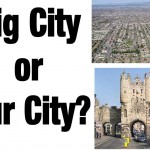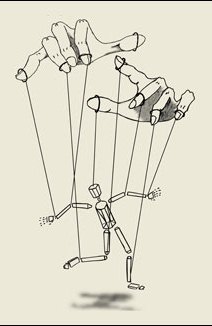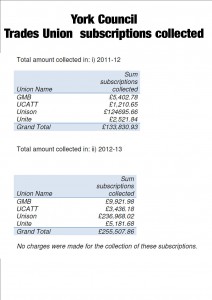Call to end Cabinet system “dictatorship”
Stories in the media today confirm what many have suspected for some time.

Labour’s “Big City” Local Plan exaggerated the demand for new housing in York.
In publishing a consultation document last year, they claimed that 850 additional home per year were justified by central government population growth estimates.
It turns out that the figure was known to be 750, with the prospect that it will be scaled down further as more recent trends are confirmed.
The lower figures make a major difference to the amount of land required for development, and taken with the surge in brownfield planning applications over the last 2 years (on sites that were not identified for housing in the draft Local Plan), it means that there is even less justification for building on Green Belt sites.
The only realistic plan which preserves the character, scale and setting of the City was that published in February 2011. Liberal Democrats had previously identified brownfield sites on which over 12,000 new homes could be built in York
Mystery over commercial web site deepens
With a web address only registered in January ( http://www.loveyorkletsplan.co.uk/ ), the new site slavishly promotes out of date figures (and thinking). It claims to be independent but the funding for the organisation is unclear. Some commentators have suggested that it is simply a front for commercial developers – particularly those with an interest in the 4000 home development planned for Rawcliffe/Skelton.

Debate is healthy but any site which promotes a particular political view should be transparent. The names of the sponsors would be clear, particularly in the run up to elections when partisan comments are subject to legal controls.
The web site makes the mistake of implying that “at least 850” additional homes need to be built each year. It also claims incorrectly that only 5000 brownfield housing sites are available in York. Neither is true (see above)
End cabinet member dictatorship
The latest revelati on, that figures were misrepresented by a Cabinet member, has renewed calls for the present decision taking system to be scrapped. Labour enjoyed the support of only 40% of those voting in the 2011 Council elections, yet were able to form a Cabinet which exercised widespread delegated powers. Inexperience and the elixir of power quickly turned the Council into a dictatorship with many local residents views being publicly reviled.
on, that figures were misrepresented by a Cabinet member, has renewed calls for the present decision taking system to be scrapped. Labour enjoyed the support of only 40% of those voting in the 2011 Council elections, yet were able to form a Cabinet which exercised widespread delegated powers. Inexperience and the elixir of power quickly turned the Council into a dictatorship with many local residents views being publicly reviled.
We have seen how absolute power corrupts with examples in both Rotherham and Redcar this week. Labour in York may be on the same slippery slope. Only defections and a by elections defeat have recently forced them to show some humility.
There can be no way back for the Executive/Cabinet system, irrespective of whom wins the Council elections in May.
The tried and trusted committee system – jettisoned by the York Council in 1997 – needs to be brought back albeit with some refinements.
The traditional system involves all members of the Council – irrespective of party – in decision taking. It promotes debate before decisions are taken. Modern technology can be used to inject some timely public participation into York’s decision taking process.
Hopefully a new national government will allow Councils to use a system of proportional presentation in local elections, where residents want it. Such a system guarantees that all parties (and viewpoints) are represented on a local Council…… and that would be healthy for democracy and may prompt a higher turnout in local elections.
Labour members rile against MP selection process
One Labour member has lifted the veil on how the UNITE trades union is trying to parachute its preferred candidate into the York Central constituency candidate vacancy. As we have said before, this is a matter for the dwindling number of Labour supporters to sort out. Electors will, however, be expecting to select from a list where serious candidates can demonstrate a real interest in the City over an extended period of time.

The controversy does, however, reinforce how institutions like trades unions do seek to impose their sectional views on political parties and, through them, local residents.
Many Labour Councillors in York admit trades union sponsorship in their declarations of interests?
According to a response to a recent Freedom of Information request, of the 6255 staff employed by the York Council, 1780 are members of trades unions.
There are 5 staff who spend at least half their time of trade’s union activities.
The total cost to York Council Taxpayer of trades union activates is £138, 401 pa.
£33,000 is spent on office costs



 on, that figures were misrepresented by a Cabinet member, has renewed calls for the present decision taking system to be scrapped. Labour enjoyed the support of only 40% of those voting in the 2011 Council elections, yet were able to form a Cabinet which exercised widespread delegated powers. Inexperience and the elixir of power quickly turned the Council into a dictatorship with many local residents views being publicly reviled.
on, that figures were misrepresented by a Cabinet member, has renewed calls for the present decision taking system to be scrapped. Labour enjoyed the support of only 40% of those voting in the 2011 Council elections, yet were able to form a Cabinet which exercised widespread delegated powers. Inexperience and the elixir of power quickly turned the Council into a dictatorship with many local residents views being publicly reviled. 

